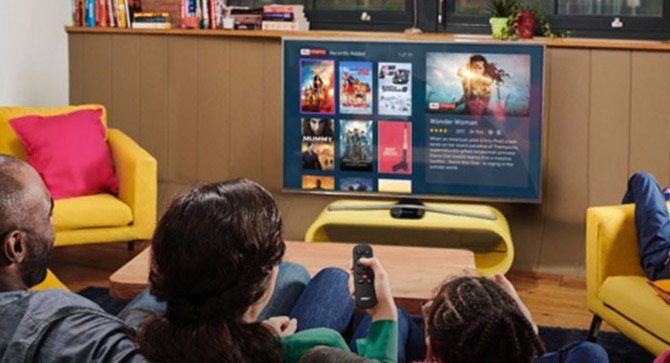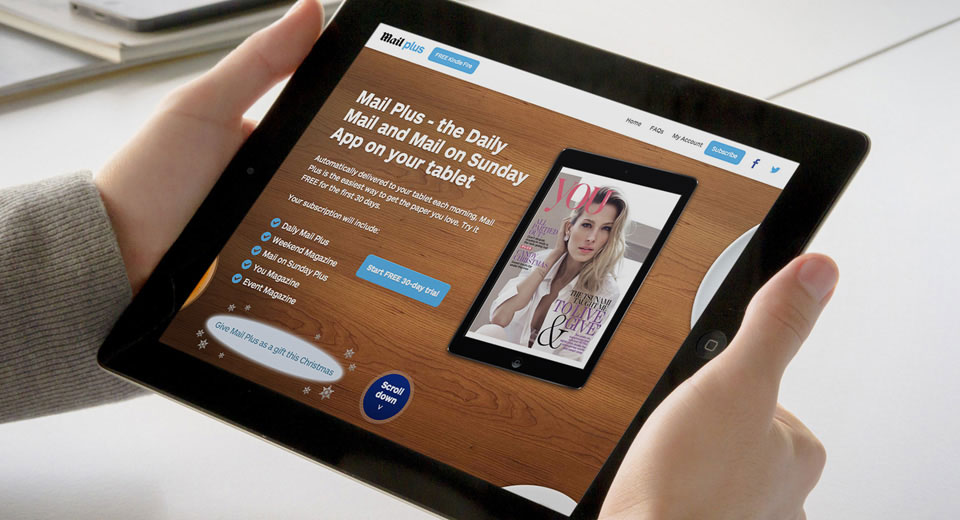Television Viewing Habits are Hard to Break
We’ve all read the reports and studies that state that we have shorter attention spans these days. We don’t have the time or desire to sit down and read a long article online or even read a web page to find the content we want. And when it comes to watching videos and programs, apparently we no longer have the attention span to sit still and watch something. We’re distracted and always one-step ahead of what we’re actually doing.
But wait a second, is this really true? Do we really have less time and interest in sitting down and watching a program, movie or video? Recent studies and analysis are showing that this limited attention span is actually based on how and where we’re watching and being entertained.
The television is still doing an excellent job of capturing our attention and convincing us to sit down and forget about the laundry, the house work and the dirty dishes in the sink. The television is still leading the pack when it comes to keeping us late at night watching reality television programs and learning about the habits of whales and polar bears.
Television is still here and one of the leading ways we choose to be entertained and educated. This is why the business of Connected TVs is very much one that everyone should be paying attention to. The numbers for Connected TVs highlight that more and more people are looking to these new devices to keep us entertained and sitting down. In a recent blog post on TechCrunch, David McIntosh (CEO and founder of Redux a crowd-sourced video discovery company) highlighted the predicted numbers for Connected TVs in the next 18 months: 200 million Connected TV devices will ship and when this is combined with the numbers for devices such as Xbox, PS3, Wii, AppleTV and Roku – the numbers come in at 300 million for the next 18 months.
This is good news for those in the television industry. Of course with good news comes a few questions. The biggest being: how are companies and marketers going to convince viewers to sit down and watch? The simple answer is by giving your audience what they want. But is that whatConnected TV viewers want?
Based on the theory that we have shortened and disconnected attention spans, it would be easy to surmise that users want short burst of entertainment and will become bored with anything that doesn’t deliver the message in an eight minute video. But theories have been wrong before…
So how are people really using their Connected TVs? This is what marketers and companies need to know. Thanks to the research done by companies such as Redux, Rovi, Netflix and others we have some data to use to help deliver the goods to the viewers.
Still Flipping Around
Online we find our information by using Google and chatting with our friends on Facebook and Twitter. We search and communicate with others, enabling us to find the latest videos, news articles, and cool gear out there. But when it comes to sitting down and watching on Connected TVs, users are returning to their roots. They bypass search functionalities and flip-around the channels and they turn to the trusty guide to tell them what they want to watch. Just like when these users sat down and flipped through the channels on a traditional television looking for something to watch – the same behaviour is being used with Connected TVs. Old habits die hard and this is one that marketers and Connected TV companies have to get on. Connected TV usage is not the same as watching a YouTube video while riding the subway to work.
Users Like Familiarity
Change is hard. Even harder is having to get used to a different viewing and entertainment experience for each and every device we have in our houses. Nothing is less appealing than having an interface that is not consistent across the website, tablet, smartphone, and Connected TV. A consistent design gives users the sense of familiarity they want and lets companies better overcome technical hurdles – it so much easier to manage one consistent system rather than four or five different designs and solutions. As McIntosh highlights in his article, Netflix is able to stay ahead of others thanks in part to its consistent and familiar design and functionality across multiple devices.
People Still Watch TV
The numbers don’t lie – we are still turning to the television for our news, entertainment and pure relaxation time. With peak usage numbers for Connected TVs being weekday nights and weekends, the proof is there that just like traditional television viewership – people are using Connected TVs for long periods. Redux users will spend an hour watching on the TV versus 16 minutes online over the web.
So what is next for companies and marketing teams? Well basically give users what they want. An easy and straight-forward way to channel surf on their Connected TVs while still maintaining a consistent user experience across multiple platforms. While this might sound over-simplified, the numbers and research show that people have a traditional approach to Connected TV watching.
 us
us 






 Posted by MPP Global on
Posted by MPP Global on


